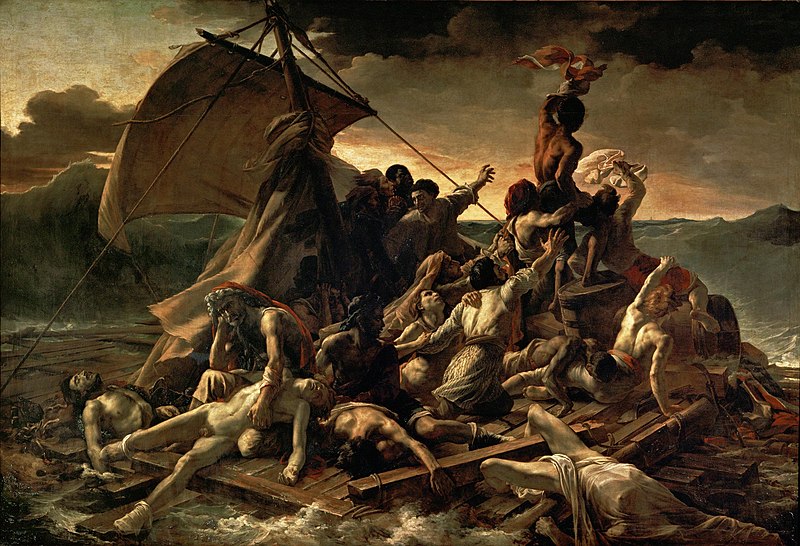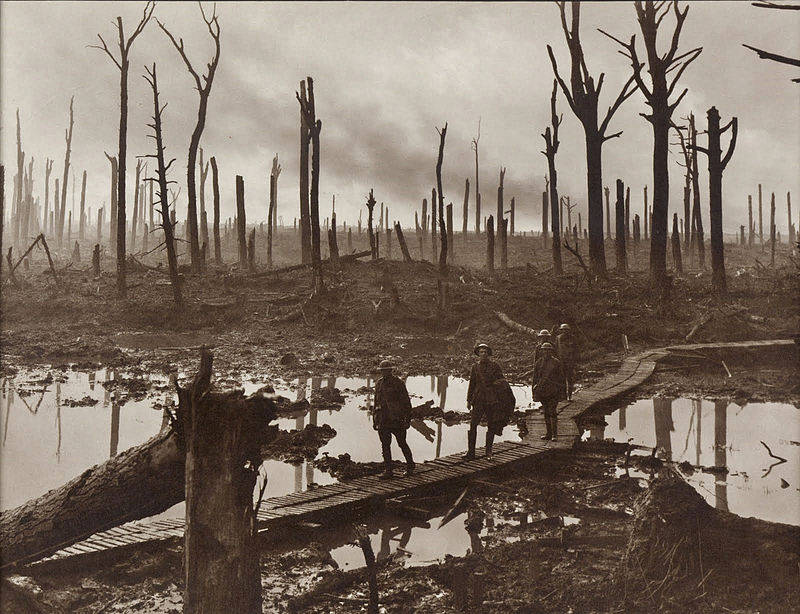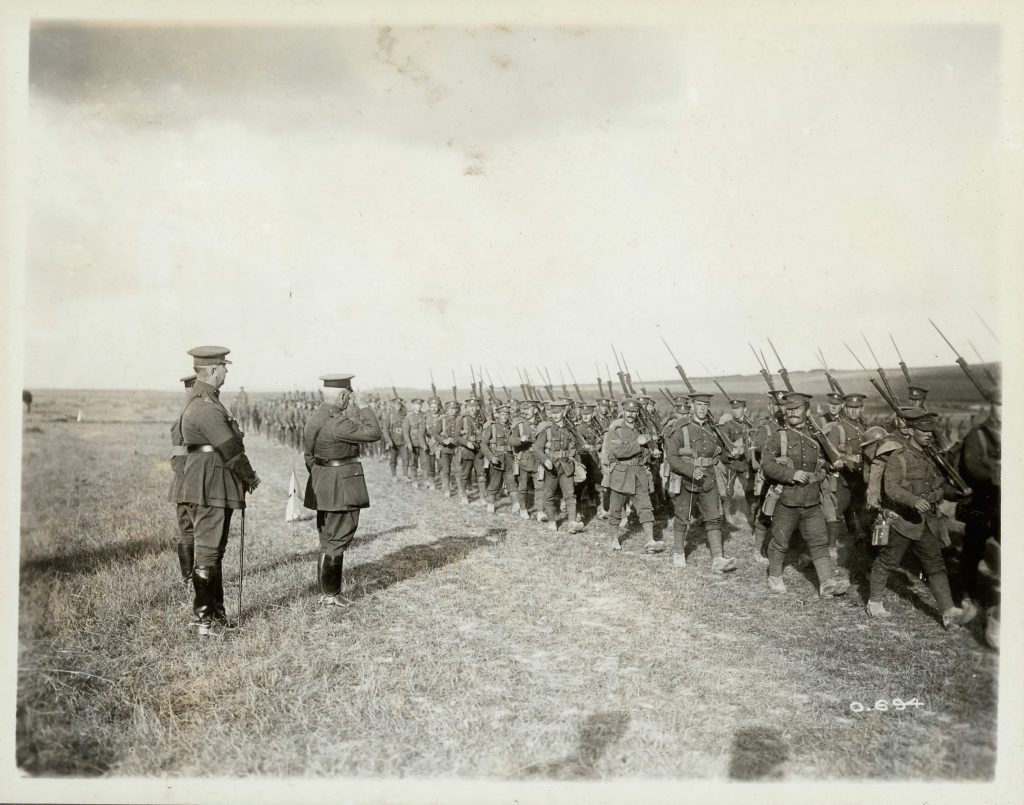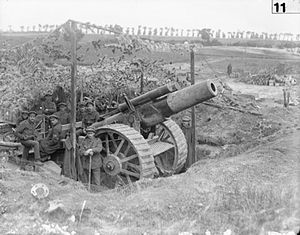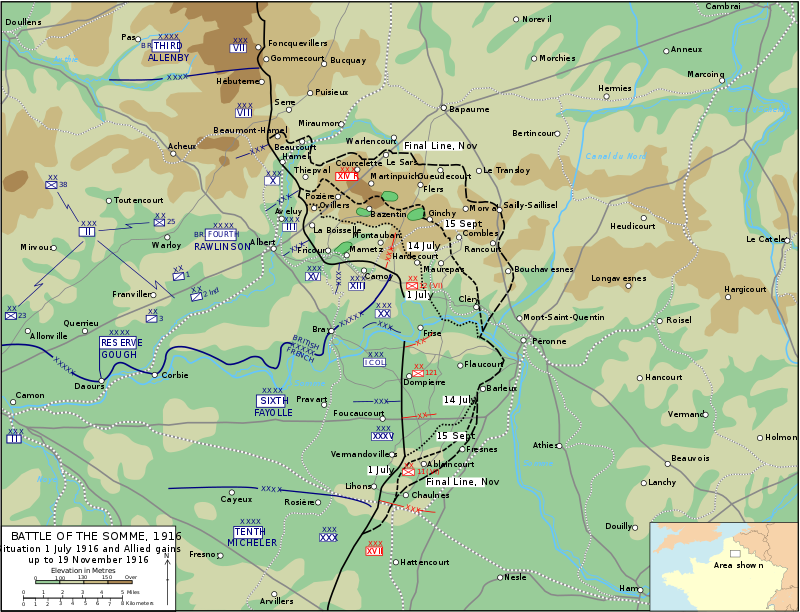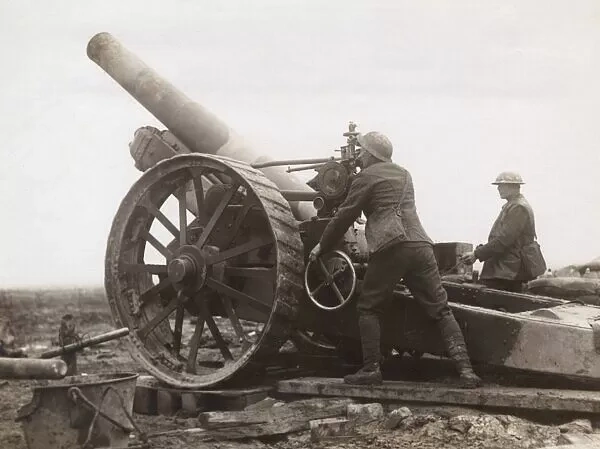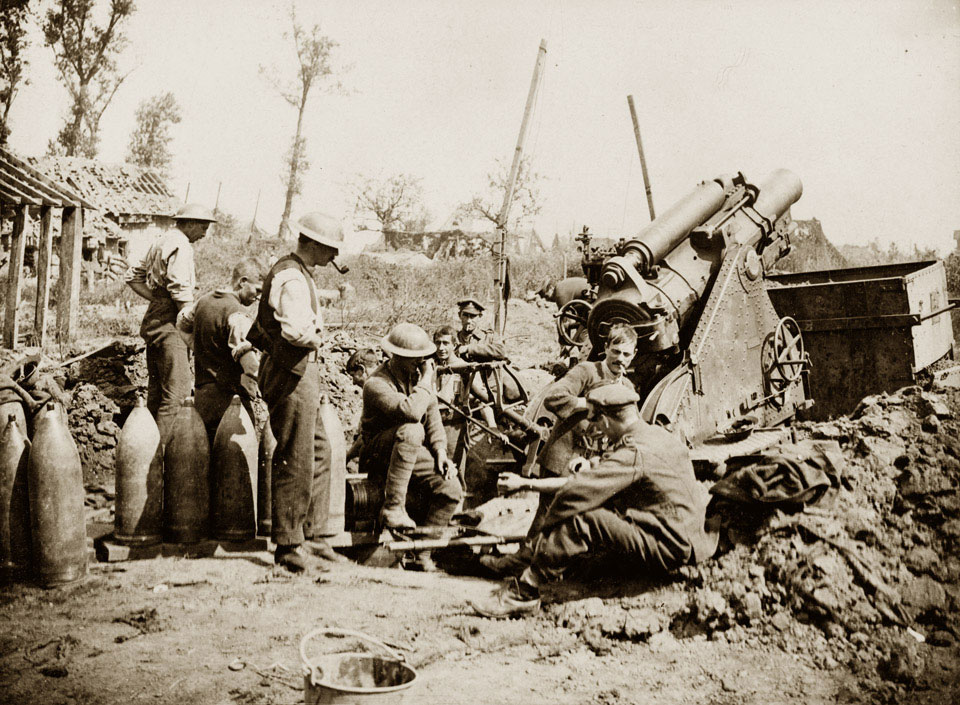
The SHIP (Search for Hidden Particles) experiment is a proposed experiment at the CERN SPS (Super Proton Synchrotron). It is part of the broader research community at CERN. SHIP aims to explore the “Hidden Sector” of particles, which includes candidates for dark matter and other hypothetical particles that could extend the Standard Model of particle physics.
Objectives of the SHIP Experiment:
- Search for Hidden Particles: SHIP aims to detect long-lived, weakly interacting particles that are not accounted for in the Standard Model. These particles could include heavy neutral leptons, dark photons, and other exotic particles that could provide insights into dark matter and the matter-antimatter asymmetry in the universe.
- Study of Neutrino Physics: SHIP also plans to investigate neutrino physics, particularly focusing on the properties and interactions of tau neutrinos, the least understood type of neutrino.
How the SHIP Experiment Works:
- Beam Production: The SPS accelerator will produce a high-intensity beam of protons. These protons will be directed onto a target, producing a shower of secondary particles.
- Decay Volume: The particles produced from the target will pass through a decay volume, a large area where these particles can decay into other particles. This decay volume is essential for detecting long-lived particles that travel some distance before decaying.
- Detection System: The SHIP experiment will employ a sophisticated detection system designed to identify the decay products of these hidden particles. The detection system will include tracking detectors, calorimeters, and muon detectors to accurately measure the properties of the particles produced in the decays.
Significance of SHIP:
- New Physics: Discovering hidden particles could provide evidence for physics beyond the Standard Model, addressing some of the most profound questions in particle physics and cosmology.
- Dark Matter: Some of the hidden particles SHIP aims to detect are potential candidates for dark matter, which makes up about 27% of the universe but has yet to be directly observed.
- Matter-Antimatter Asymmetry: Understanding why the universe is made mostly of matter rather than an equal mixture of matter and antimatter could be advanced by studying heavy neutral leptons and other particles SHIP targets.
In summary, the SHIP experiment at CERN aims to explore uncharted territories in particle physics by searching for hidden particles that could extend our understanding of the universe. Its findings could have significant implications for our knowledge of dark matter, neutrino physics, and the fundamental forces of nature.





